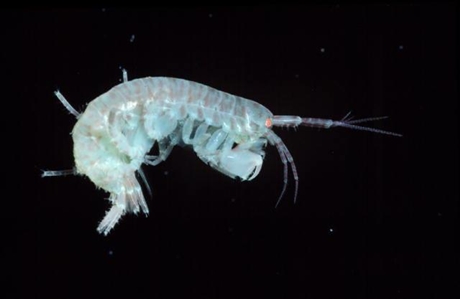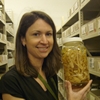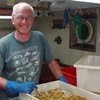General Description
Strongly laterally flattened species, with spikes along the edge of some of the segments of the abdomen and edges of the abdominal side-plates. Seven pairs of legs, first two chelate (with claws). Pale pink to bright red. Up to 20 mm long.
Biology
Small areas of marine sediments and clumps of macroalgae harbour hundreds of individuals and often many species of amphipods. Very active when disturbed, their mode of escape is the tail-flip, a rapid escape response where the abdomen flicks the animal away after the uropods are dug into the ground.
Habitat
Intertidal areas in mud under rocks, to depth of 18 m.
Soft substrates
Coastal shores
Distribution guide
South-eastern Austria, including central and eastern Victoria.
Species Group
Depth
Water Column
Max Size
20 mm
Diet
Organic matter
Commercial Species
No
Global Dispersal
Native to Australia
Species Code
sp. MoV 486
Conservation Status
- DSE Advisory List : Not listed
- EPBC Act 1999 : Not listed
- IUCN Red List : Not listed









